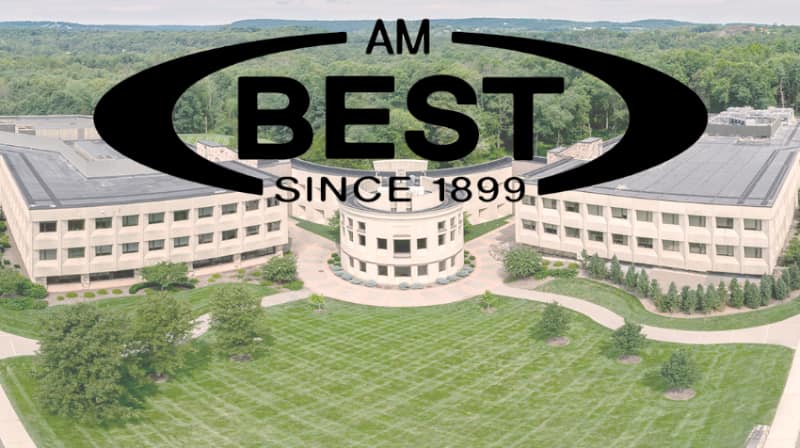AM Best turns negative on US homeowners insurance

Rating agency AM Best has cited higher reinsurance costs, higher reinsurance retention levels, elevated natural catastrophe and secondary peril costs, as well as rising loss costs, inflation, and supply chain disruptions as reasons it has turned its outlook to negative on the US homeowners insurance sector.
“Insurers have already been contending with headwinds such as above-average catastrophe activity, inflationary pressures and elevated reinsurance costs. Now segment carriers are being further challenged by more-frequent secondary weather perils and higher retentions and co-participation given reinsurance pricing trends. Rising loss costs, inflation and supply chain disruptions are pressuring earnings, making it difficult to maintain rate adequacy. Consequently, some market leaders have curtailed new business in catastrophe-exposed areas,” the rating agency explained.
“Going forward, homeowners carriers will find it difficult to absorb these underwriting pressures while strengthening their balance sheets. A return to underwriting profitability over the near term appears highly unlikely,” added Maurice Thomas, senior financial analyst, AM Best.
AM Best said that US homeowners insurers risk-adjusted capitalization remains solid, but for some companies their capital cushion has begun to erode.
This is especially the case in catastrophe prone regions and underwriting losses being elevated has now begun to erode insurer’s capital buffers.
All of which can serve to make reinsurance protection all the more important. But with retentions higher and aggregate reinsurance less available, the US homeowners insurance sector is absorbing volatility in spades and this is now threatening their business models in some regions.
“Carriers need to maintain their focus on rate adequacy, technology adoption and catastrophe risk management for earnings stability going forward,” AM Best explained.
Discussing the performance of the US homeowners insurance sector, AM Best said, “In 2022, the segment incurred a net underwriting loss for a third consecutive year, with inflation causing underwriting expenses and loss adjustment expenses to rise to five-year highs. Above-average cat losses in the first half of 2023 from severe convective storms and secondary perils will likely pressure year-end 2023 underwriting results. Homeowners carriers will find it difficult to absorb these underwriting pressures while strengthening their balance sheets. A return to underwriting profitability over the near term appears highly unlikely.”
The rating agency notes that some market leading insurers have been withdrawing or pulling back on capacity deployment in catastrophe and severe weather exposed regions, such as California.
Noting that, “As reinsurers increase rates, limit capacity, and tighten terms and conditions, the challenge for primary insurers in cat-prone states will continue to grow.”
The changes to reinsurance are now affecting the operating model of insurers in catastrophe prone regions, where they now cannot rely on reinsurers to absorb the volatility needed to protect their results and capital.
“With companies increasing their reinsurance retention and co-participation levels because of reinsurance market conditions, cat activity is having a larger negative impact on results. In some cases, this is driving increases in overall underwriting leverage, pressuring capital assessments,” AM Best said.
There’s going to be a need for new solutions to help primary insurers in delivering coverage to their customers, or we will inevitably begin to see more States stepping in to support the insurance sector, or to deliver public insurance risk pool type coverage.
The challenges run deep for US homeowners insurers and so long as they cannot offload volatility like they used to be able, given the reinsurance changes, they are going to have to find other ways to absorb it, the primary one of which is likely to be higher pricing upfront.






